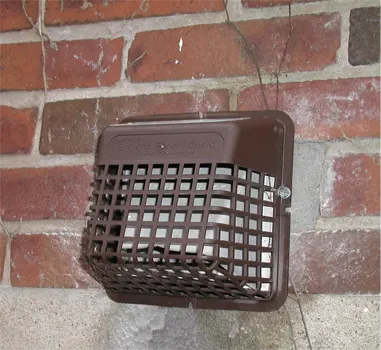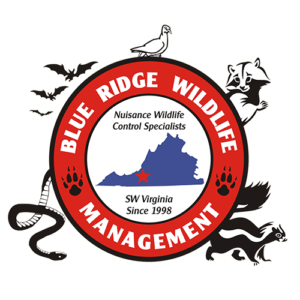
Squirrel Exclusion: When to Hire a Professional
Assessing the Scope of the Problem
The first step in dealing with a squirrel infestation is to determine the extent of the problem. Signs of a squirrel infestation include noise in the attic, droppings, and gnaw marks on wood or electrical wiring. It is also important to identify all potential entry points that squirrels may be using to gain access to your home. Once you have a clear understanding of the scope of the problem, you can then make an informed decision about the best course of action.
Evaluating the Cost of DIY vs Hiring Professional
DIY exclusion methods, such as sealing entry points and using repellents, can be a cost-effective solution for some homeowners. However, these methods require time and effort, and may not always be successful. On the other hand, hiring a professional exclusion service can be more expensive, but it also guarantees that the problem will be resolved effectively.
Factors to Consider When Choosing to Hire a Professional Exclusion Service
When choosing to hire a professional exclusion service, it’s important to consider the qualifications and experience of the service provider. Look for a company that is licensed and insured, and has a proven track record of success. Additionally, consider the services offered by the company. Some companies may offer additional services such as clean-up and repairs, which can save homeowners time and money.
DIY Squirrel Exclusion Methods
DIY exclusion methods can be effective for some homeowners, but it’s important to understand the limitations of these methods. Common DIY exclusion methods include sealing entry points and using repellents. However, it’s important to use humane methods that don’t harm the squirrels and are legal in your area.
Professional Exclusion Methods
Professional exclusion services can include humane trapping, exclusion materials and clean-up. These methods are often more effective than DIY methods, and they are done by experts who have the necessary tools and equipment. Additionally, professional services often include guarantees, which can provide peace of mind for homeowners.

Squirrel exclusion is a crucial step in preventing damage to your home and preserving the well-being of both homeowners and squirrels. By assessing the scope of the problem, evaluating the cost, and choosing the right option, be it DIY or professional, homeowners can take effective steps to keep squirrels out of their homes. Additionally, by using prevention methods, identifying and sealing entry points, using humane traps, and repairing damage, homeowners can ensure that squirrels do not re-enter their homes. It is important to remember to always use humane methods, and to consult with professionals when in doubt.

